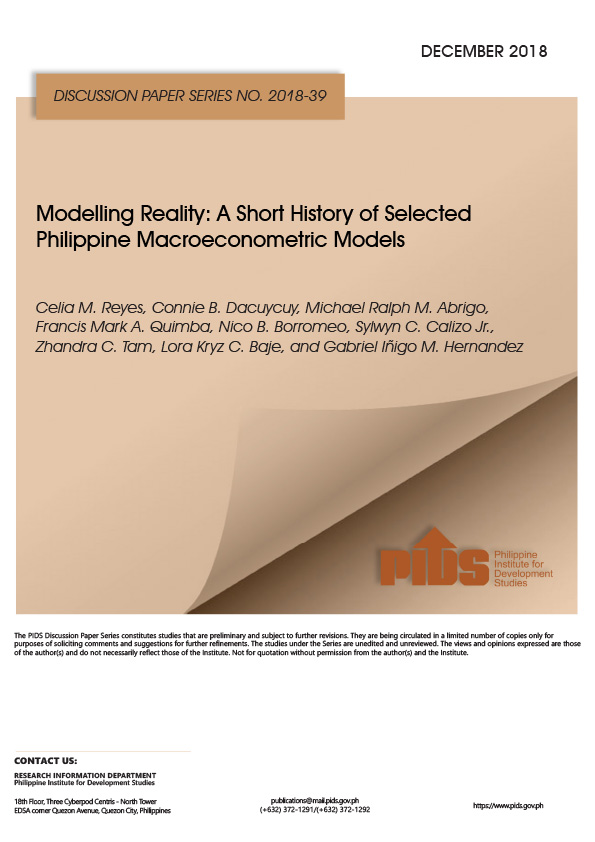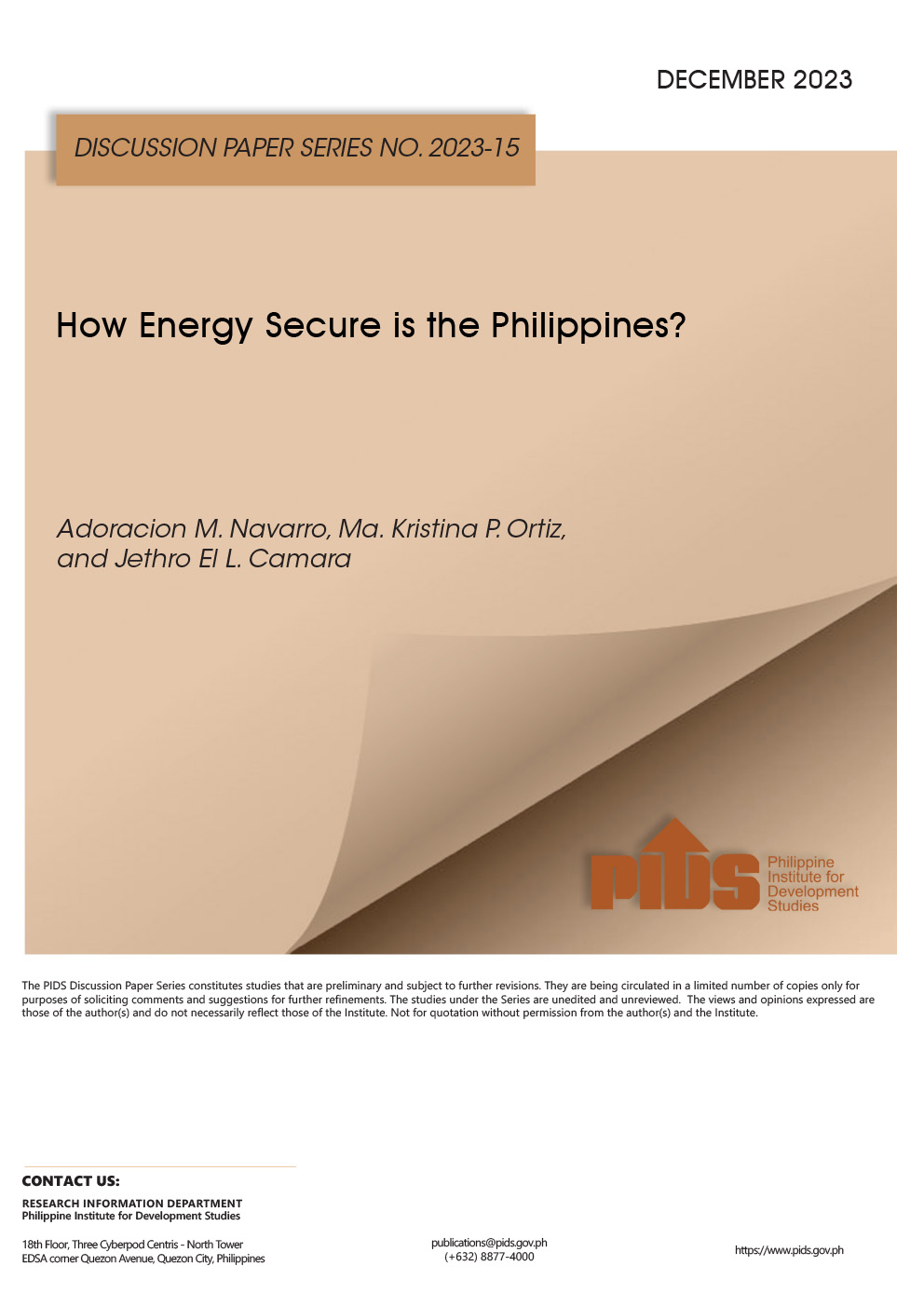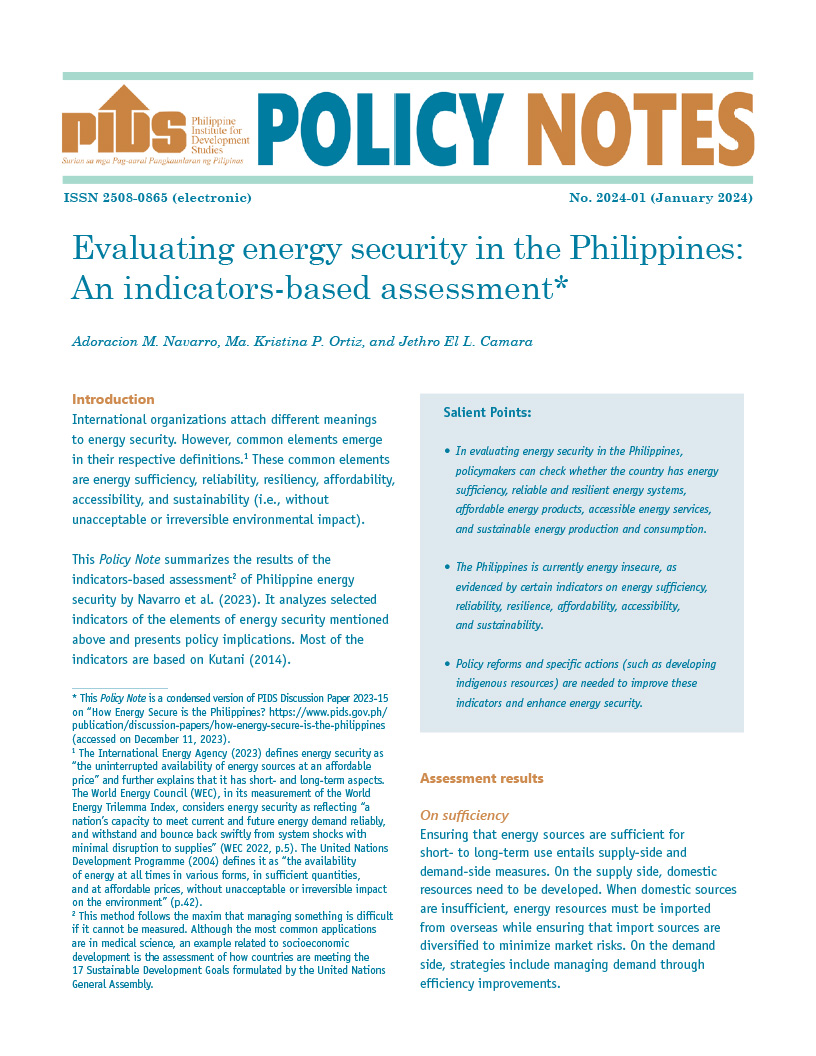The output gap is the difference between the economy’s actual output and potential output, with the latter being the level of production consistent with existing labor, capital and technology. There are several key issues surrounding the output gap in the context of inflation-targeting. One is whether the central bank should consider the output gap in addition to the inflation target in setting monetary policy. However, this is not addressed in the present paper. Another issue is the appropriate technique to estimate the output gap of which there are three broad groups: the atheoretical or time series approach, the structural approach, and the mixed or multivariate approach. Even if the output gap can be estimated within an acceptable degree of precision, it has to be determined empirically whether it should be included in an inflation-forecasting model. Applying quarterly Philippine GDP data, three estimates of the output gap were obtained from (i) a linear time trend model, (ii) an application of the Hodrick-Prescott filter, and (iii) an unobserved components mode. All three measures add significant explanatory power to an inflation equation that is specified in Error Correction form.













